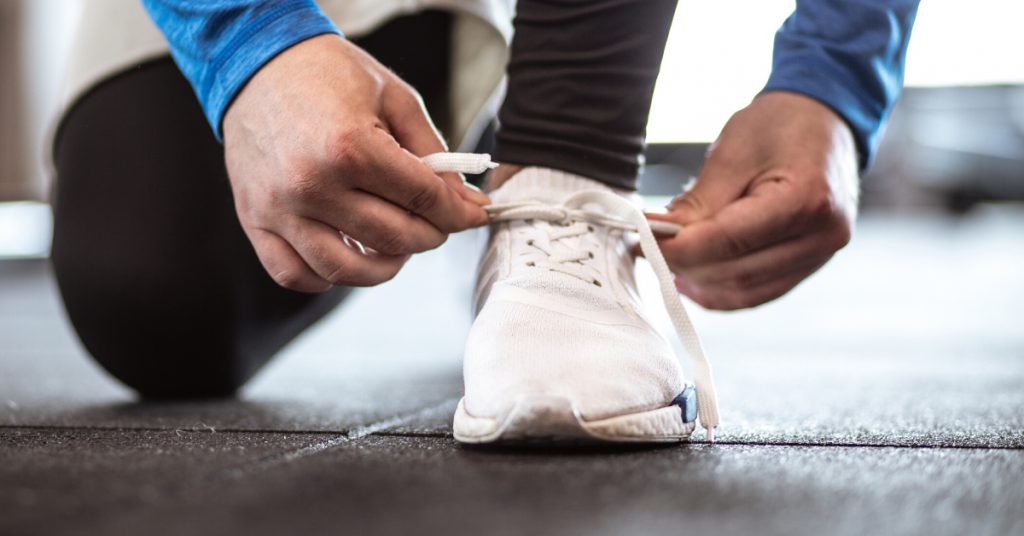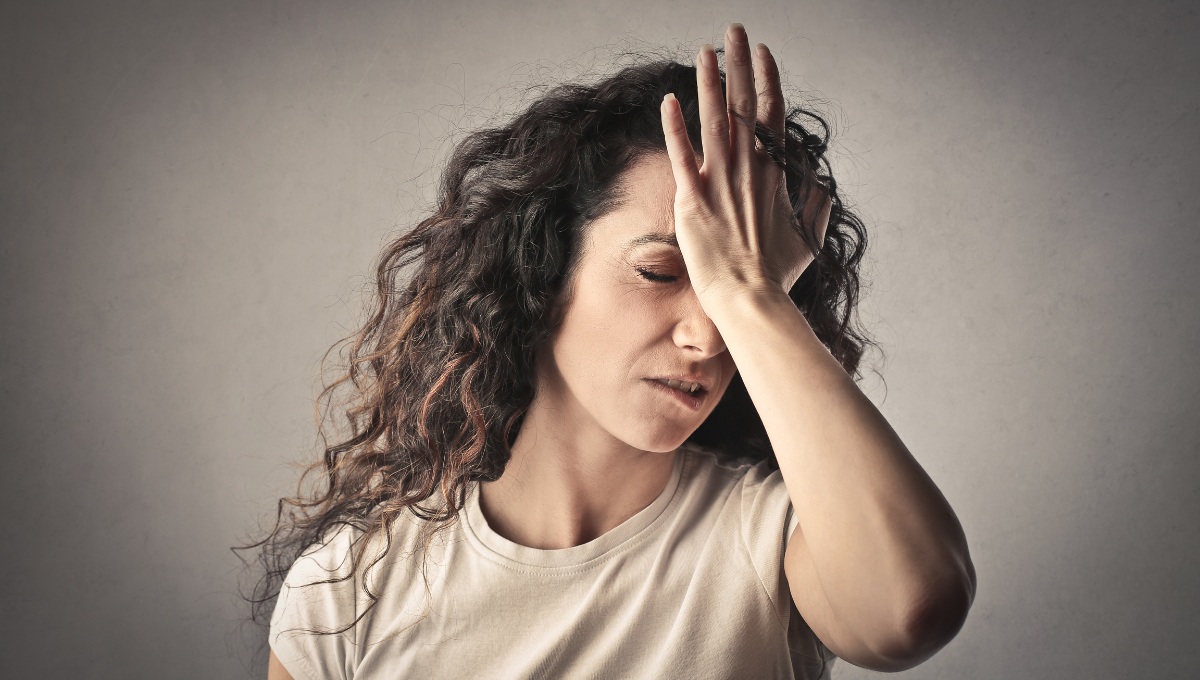As people get older, they tend to get less active. Gyms, Zumba classes and organised runs are full of younger people. You may be even wondering if you should be exercising at all. The answer is a categorical yes!
Although staying fit is good for younger people, it’s even more important for older people.
The UK NHS website says that people who exercise regularly have:
- up to a 35% lower risk of coronary heart disease and stroke
- up to a 50% lower risk of type 2 diabetes
- up to a 50% lower risk of colon cancer
- up to a 20% lower risk of breast cancer
- a 30% lower risk of early death
- up to an 83% lower risk of osteoarthritis
- up to a 68% lower risk of hip fracture
- a 30% lower risk of falls (among older adults)
- up to a 30% lower risk of depression
- up to a 30% lower risk of dementia
You may know and accept that, but still find it difficult to exercise.
I post gym videos on Instagram. Some people feel inspired by them, but some older people feel intimidated – they feel that they could never do that.
Perhaps you were fit and active when you were younger, but feel you’ve let yourself go as you’ve got older. Now you’re not fit at all and you feel old and weak.
If you’ve had a fall, you may be nervous about doing active physical things. You may be uncertain what is safe and what would cause another fall.
You may have backache and be fearful that resistance training will make it worse. But working out can actually help back pain.
You may feel that you’d be embarrassed going to a gym. But watch my YouTube interview with Mary Anne Burkhalter – it may change your mind. Mary Anne started going to the gym aged 68. Mary Anne is a caregiver for her husband who is a quadriplegic with multiple sclerosis. She found that she was tired all the time, so age 68 she decided to join a gym and do a thirty-minute workout. Within two weeks she started to have a lot more energy. Over time she found that her rotator cuff pain and her arthritis were getting less and less. Now Mary Anne does stair climbing challenges, exercises most days and has started jogging. She says she is fitter now than she was in her fifties. She loves being a role model for friends and family.
You may not want to join a class or start running.
You may just not want to exercise in front of other people, even though you know it’s important for you to stay as fit and well as you can.
If you’re in any of these categories I recommend you give Age Bold a try. This is an online programme focussing on older people – people who’ve had a fall or who haven’t been active for a long time.
Their programmes are aimed at older adults who may be trying to get back into an exercise programme (maybe after a fall or serious surgery) or are focused on a lifestyle change to lead a healthier and more active life.
You don’t have to go to a gym. The video instructors are a friendly bunch with lots of adaptations and supports if you are frail. They won’t exhort you to “feel the burn”. They don’t look impossibly glamorous, so that you feel even worse about the shape you’re in. You don’t need a lot of equipment. When you start, you will need a chair for support in some exercises if you are unsure or tentative about your ability to balance. You also need a water bottle. As you progress, you will probably want to buy yourself some dumbbells.
(Disclaimer: Age Bold gave me a free year’s subscription so I could try out their programme in the hope I would write a positive review. I didn’t commit to being positive about it and they didn’t ask me for that either. If you sign up, I do not get any financial reward.)
The programme starts with Age Bold’s Two-Minute Tests, where you measure your strength, mobility and balance. Once the programme has that information it can design the right program for you. You will have three sessions a week. You will gradually make progress becoming stronger, fitter and more physically confident again.
In addition to your personalised programme, your Bold membership includes access to a library of on-demand exercise classes. Maybe you want a shorter class or one focussed on stretching or yoga. The programme has those and more.
If you want to be held accountable, you can subscribe to their weekly SMS text reminders.
You can encourage friends to try the programme along with you, by sending them an invite to try the premium membership for 30 days for free. Use this link and get to try the programme free for 30 days yourself.
The figures from the NHS at the beginning of this blog show just how important exercise is to your health and wellbeing. Better health and wellbeing are just waiting to be unlocked, when you take regular exercise.
Helen Branthwaite is Senior Lecturer, Clinical Biomechanics, Staffordshire University, UK . She has written a really interesting article entitled “Four ways older adults can get back to exercising – without the worry of an injury“. In it she writes:
Maintaining muscle is important for many reasons. As we age, frailty can make it more difficult for us to be independent and do the things we need to do each day – from going shopping to meeting our friends. Being active maintains a healthy musculoskeletal system whilst also protecting us from some diseases, such as type 2 diabetes. Research also shows that strong active muscles can help prevent falls and lower injury risk.

